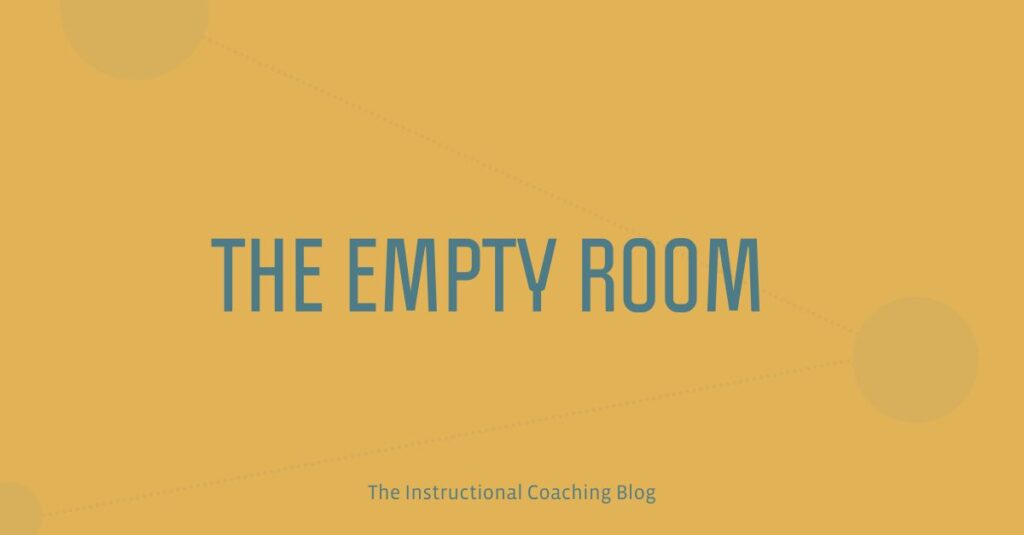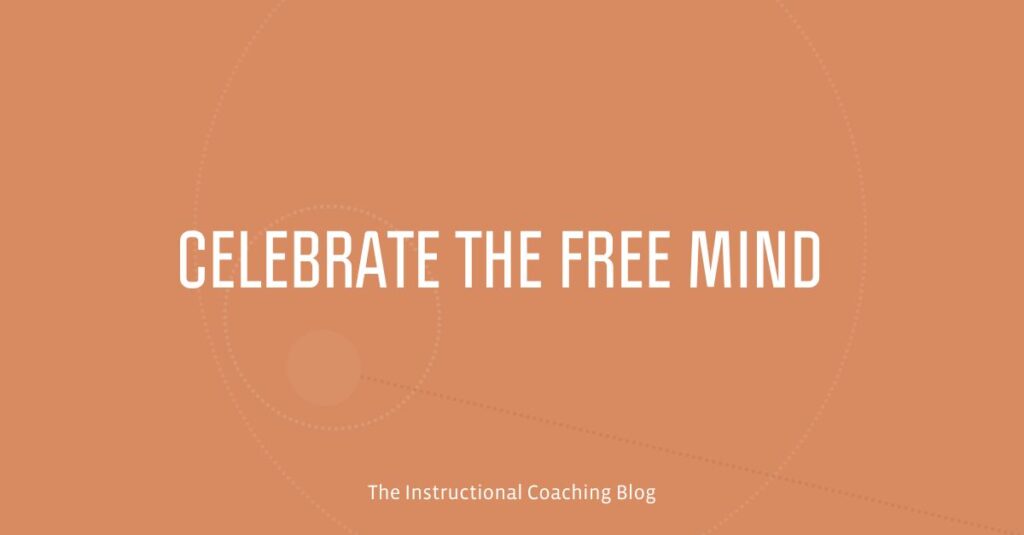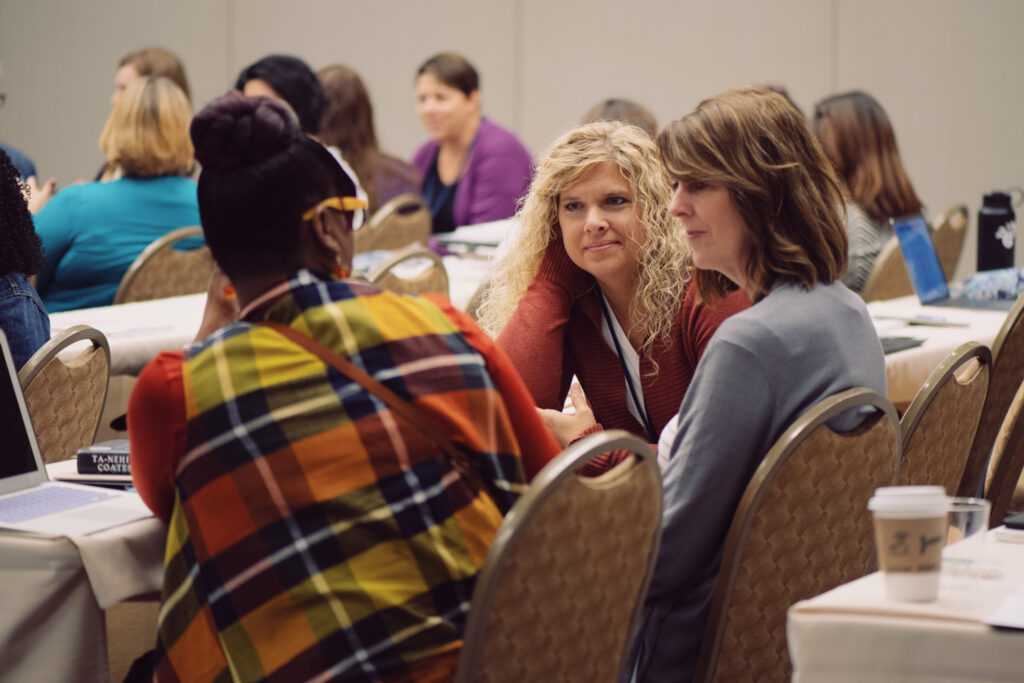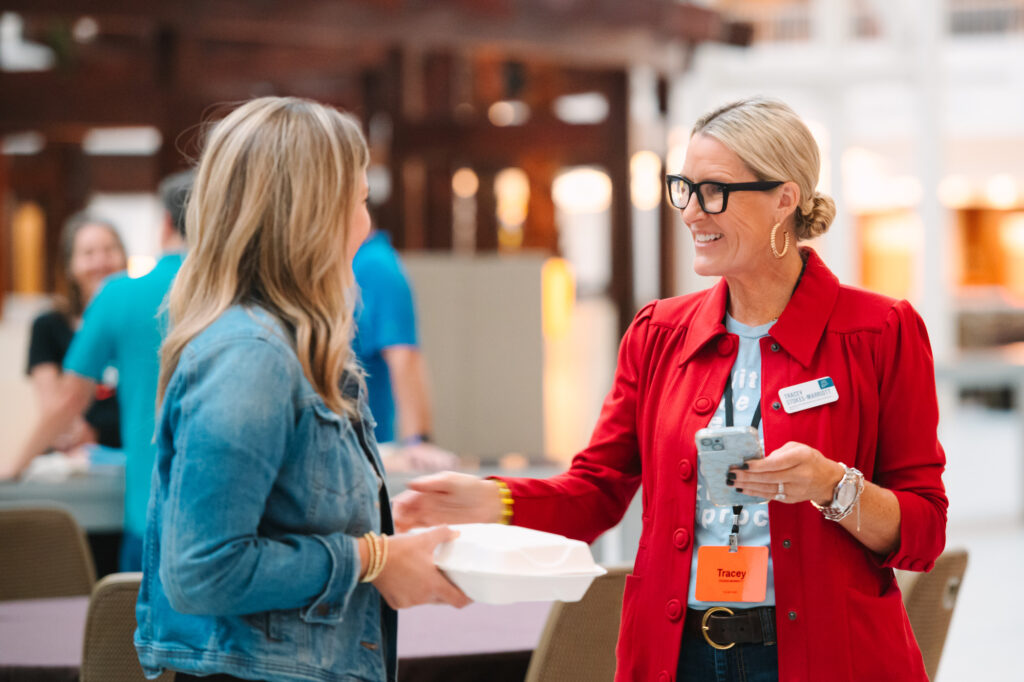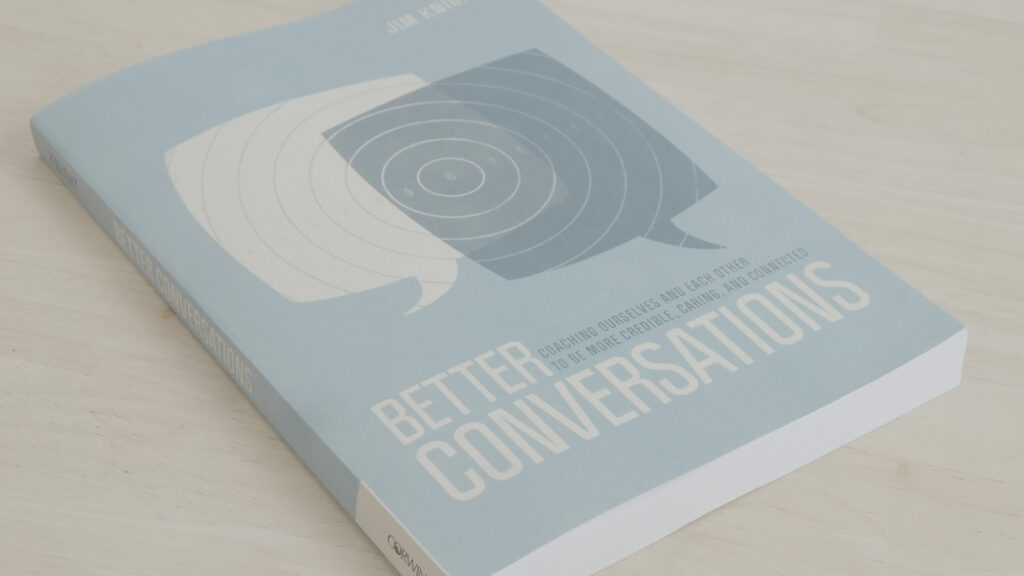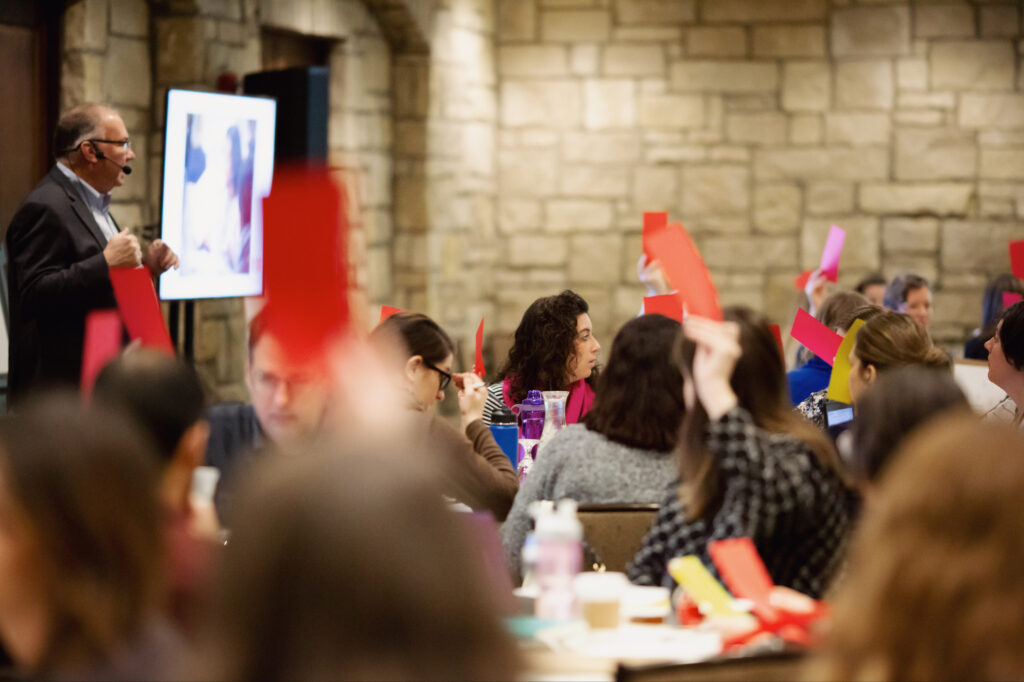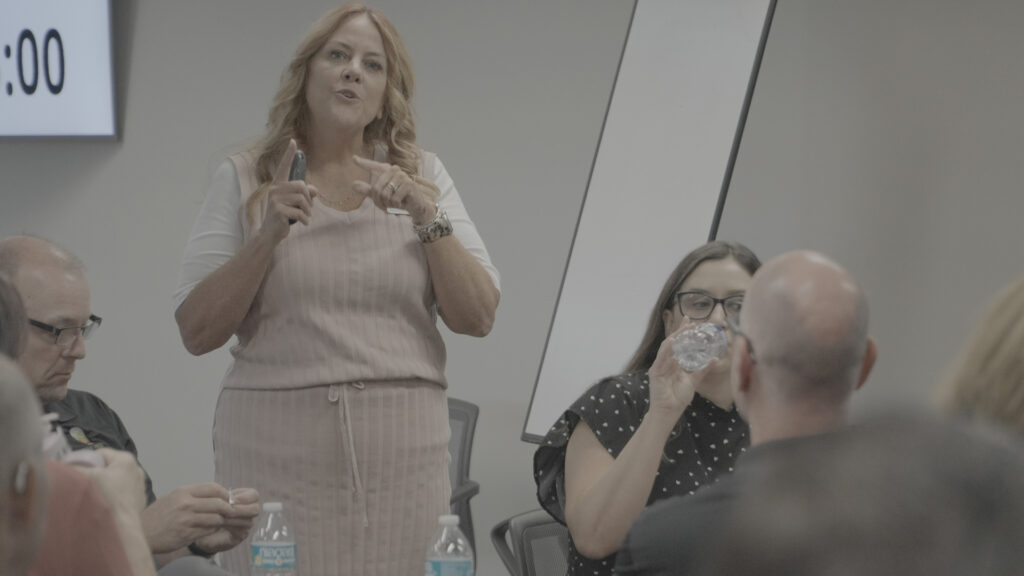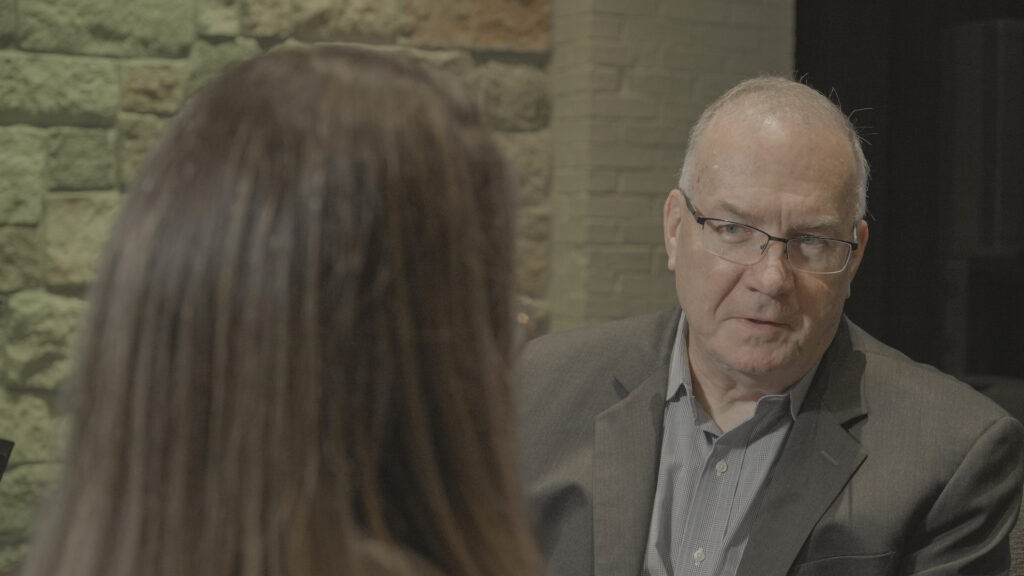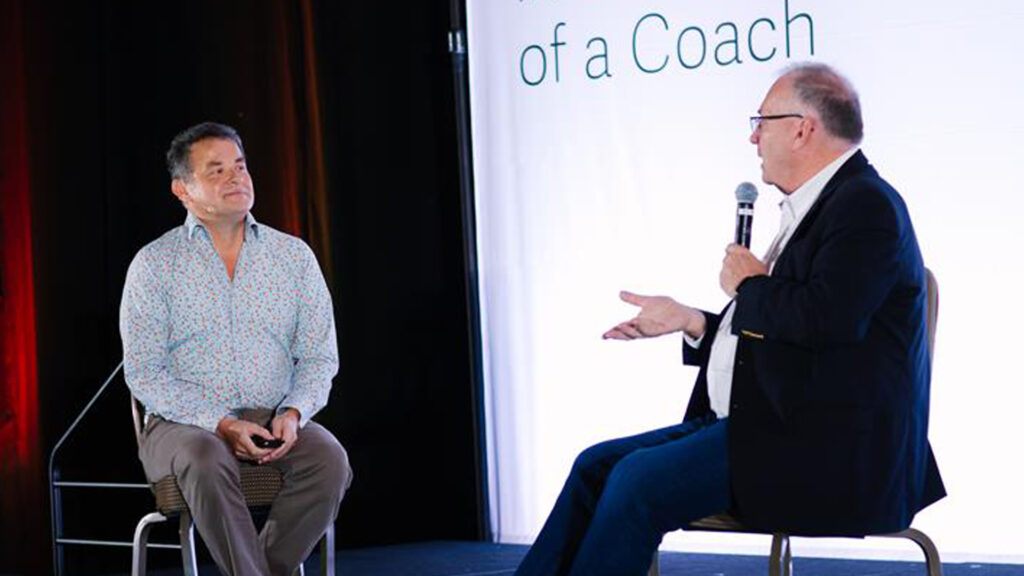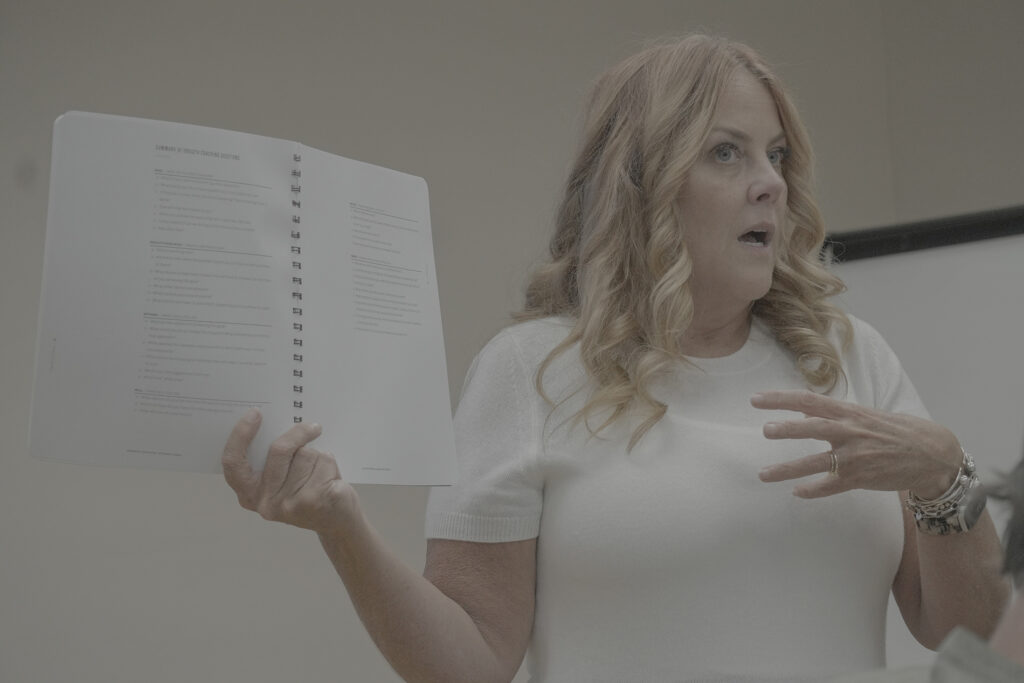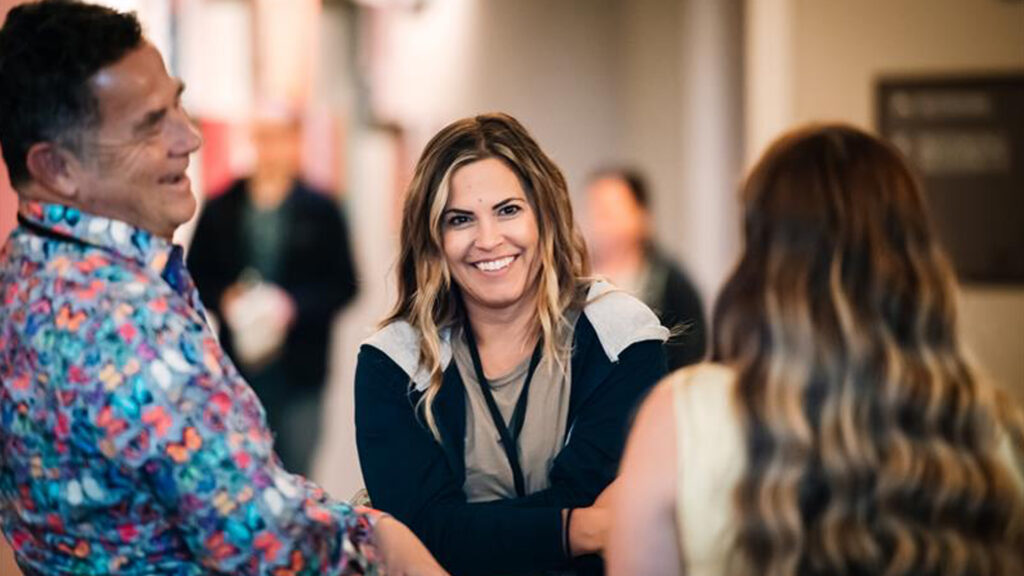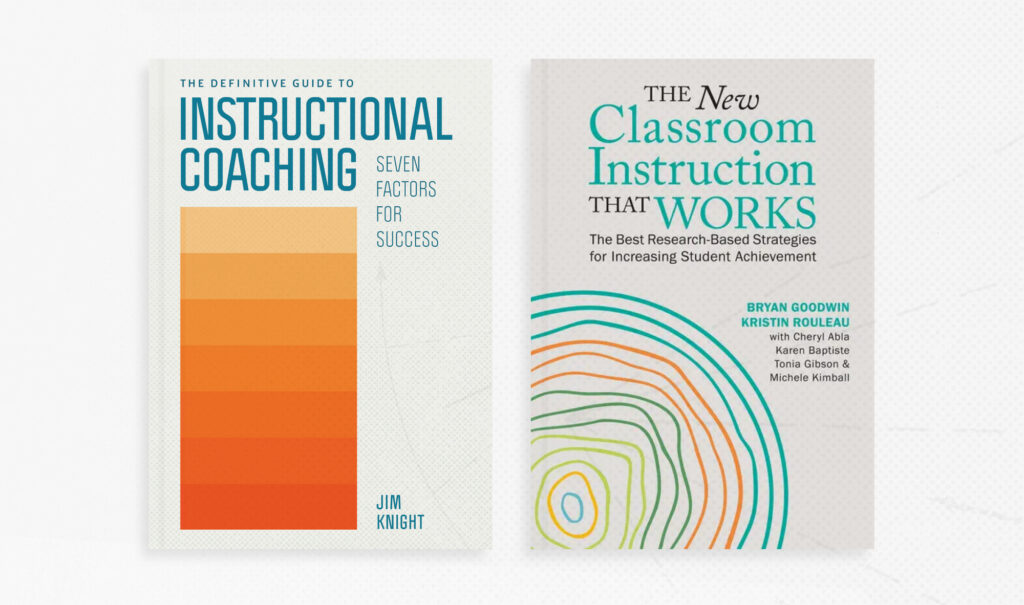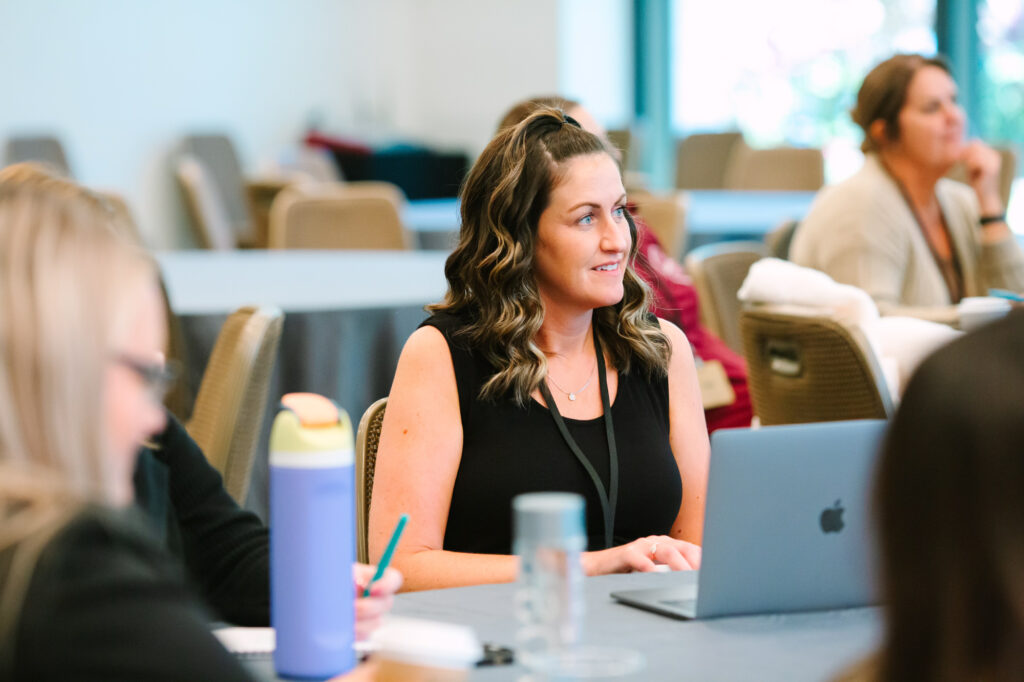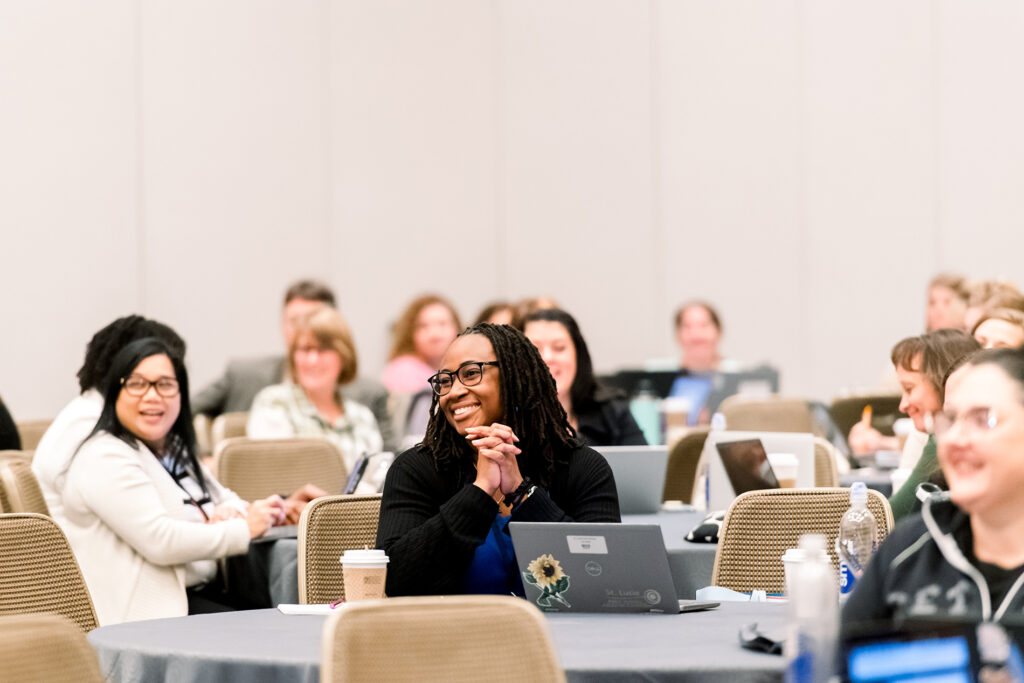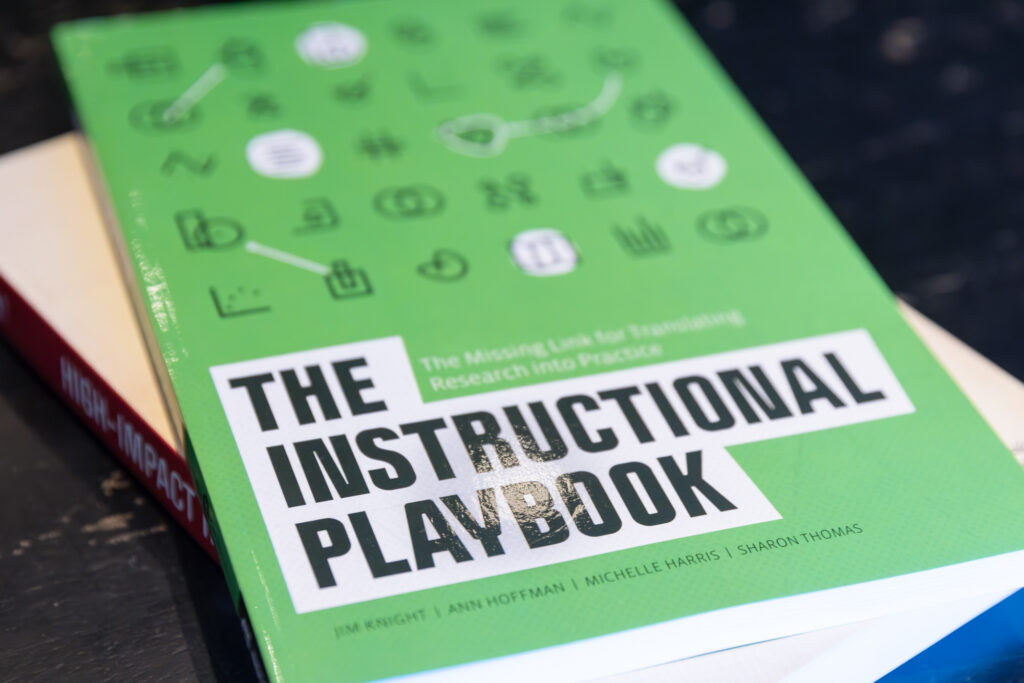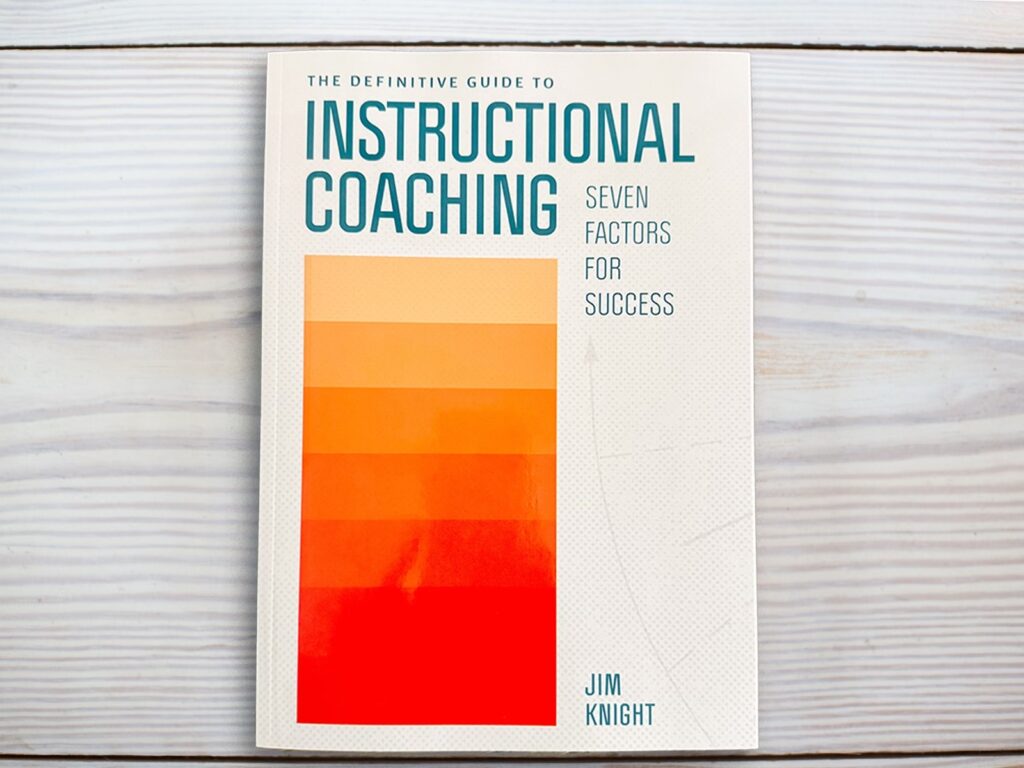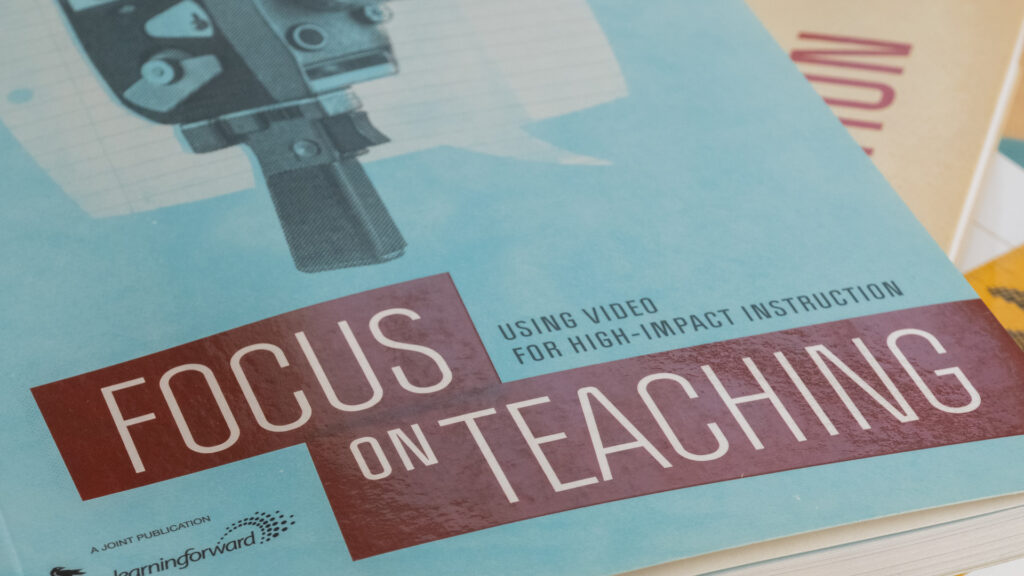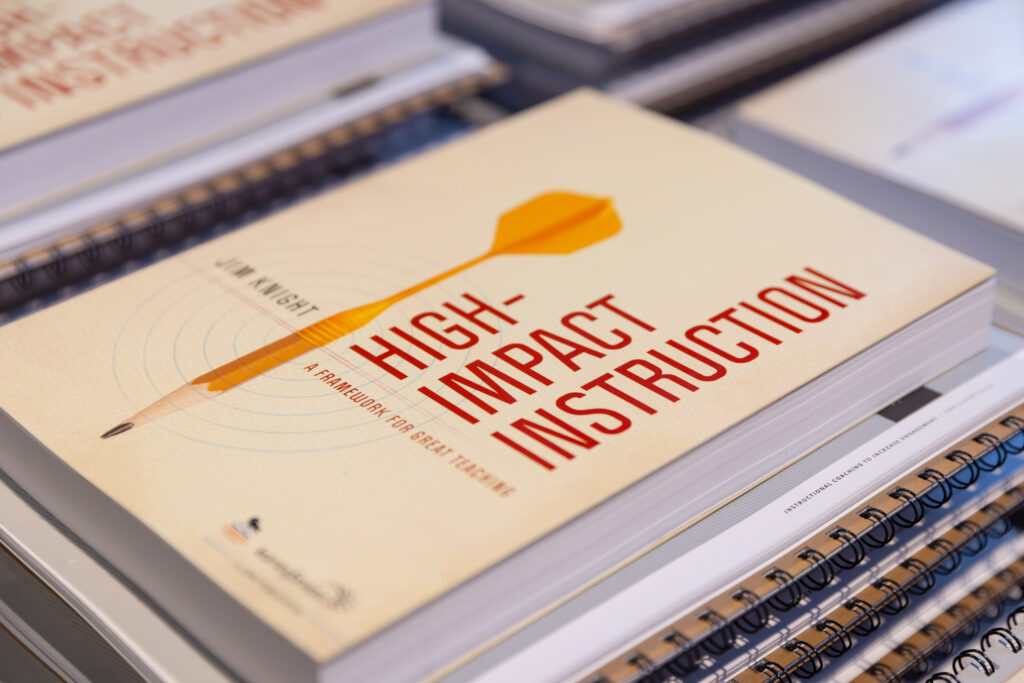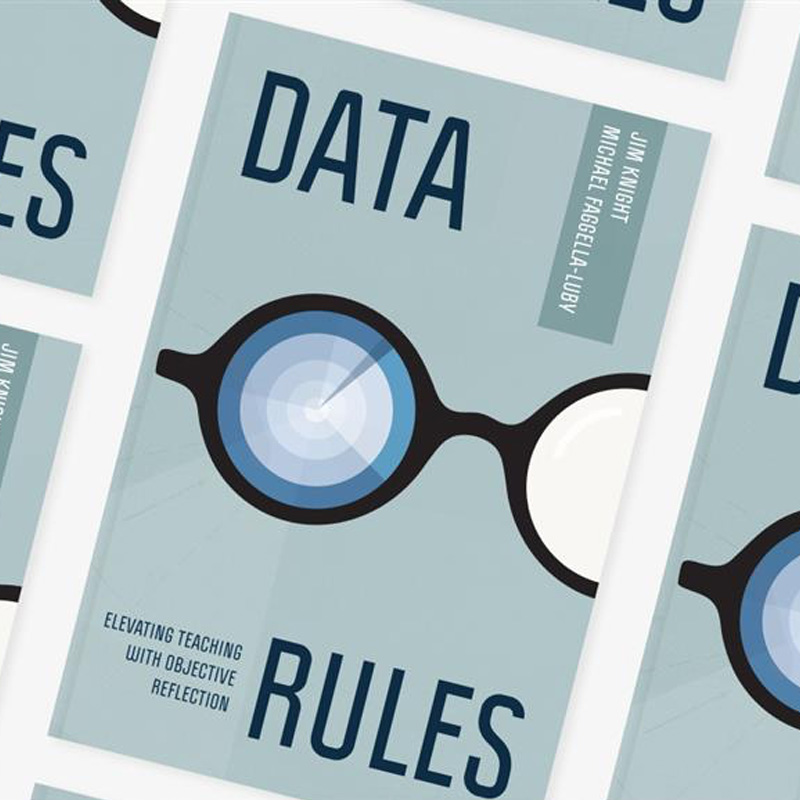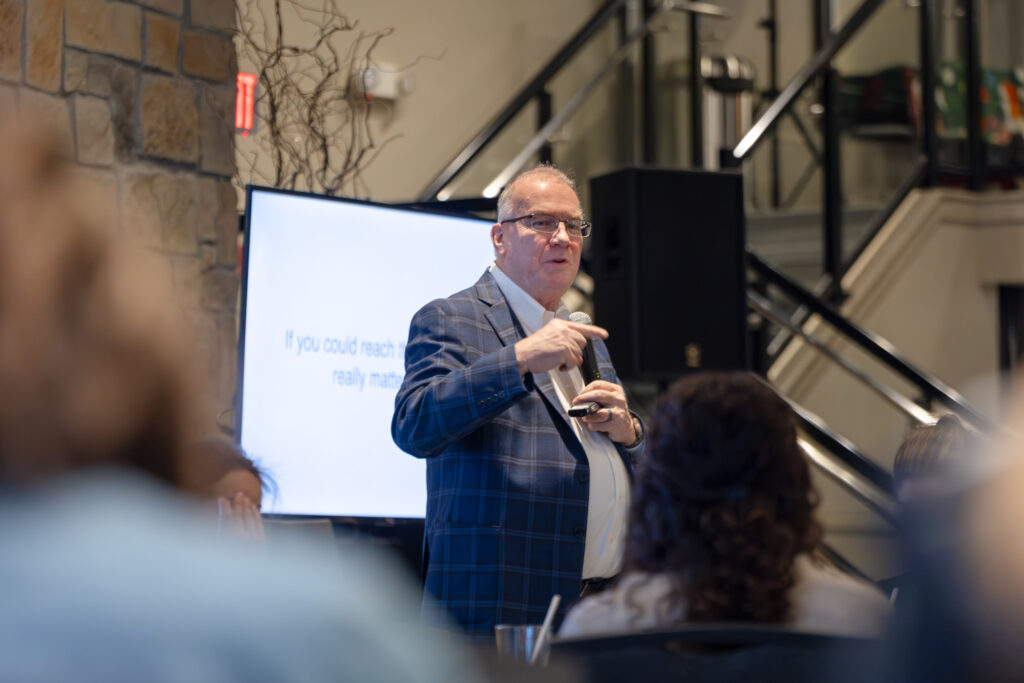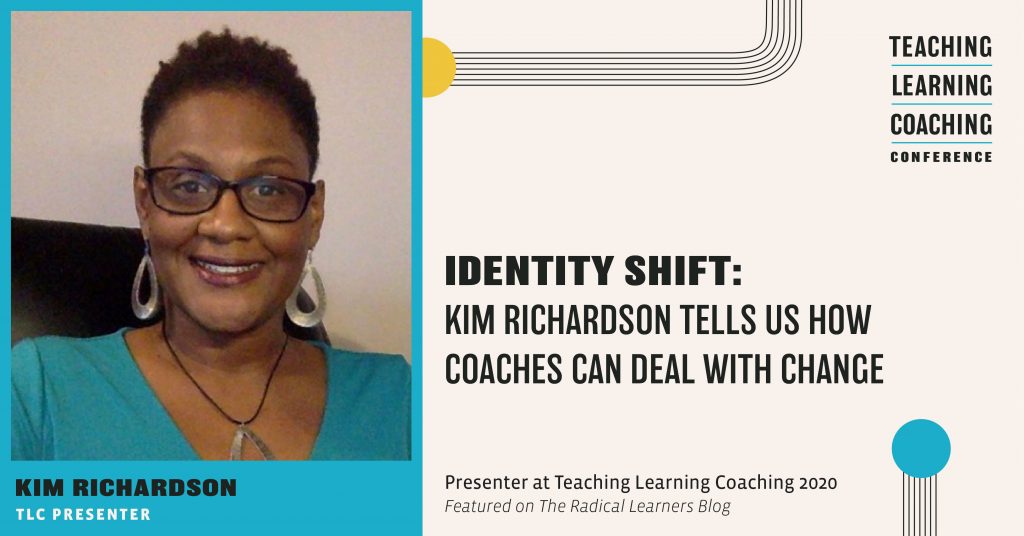
One of the key things Dr. Kim has learned is the importance of being comfortable with navigating and leading change. Coaches have to deal with a lot of variables in their work, and a willingness to adapt to different people, environments, and scenarios goes a long way towards success.
“Coaching in every industry is a gift. It has not always been that way in education because of being viewed as a negative or deficit-mindset. I’m excited about the focus on building capacity and growth that this whole initiative has shifted in our division.” — Dr. Kim Richardson
According to Dr. Kim, who is responsible for the coach leadership training in her district, recognizing the need for ongoing professional learning in the area of coaching has been successful in supporting educators, who in turn support teachers and classrooms. In this blog, we will examine some of that content specific to coaches that results in change.
The Adults We Work With Change
One thing we have learned is that in order for a partnership to be successful, a coach needs to position the teacher as the decision-maker. Dr. Kim sees this as allowing teachers to own the process of learning. This can be challenging for coaches, as most of us have established our own way of learning.
A huge change that Dr. Kim has faced in her career involves working with people who learn differently than her, and differently than each other. In order to create a thriving partnership, coaches must recognize how teachers learn and allow for that process to occur. This is what Dr. Kim identifies as a necessary shift in learning.
“We need to continue to learn about our craft and the art of teaching, learning, and assessment. But we have to add to that plate so we’re able to meet the needs of the adults we’re working with. That’s what I mean by the shift in learning. We cannot just learn about our students, our classroom, and our content. We have to widen that, so there needs to be a shift.”
In coaching, the partnership stance can adjust with the learning process of the coachee. Throughout Dr. Kim’s career, she and her fellow coaches have had to adjust the learning process from working with struggling teachers, to working with new teachers graduating from college, and working with teachers who are coming to teaching from another career in a different industry:
“We have to teach coaches how to support our children and provide high-quality instruction. But we also have to show them how to go about that learning themselves and how they make that learning happen in their classroom.”
Working Environments Change
Sometimes a coach must learn to be comfortable with a shift in the school environment or district. One major adjustment coaches could face is the shift from a more hierarchical administrative environment to an environment that thrives on partnership. For example, if a coach has previously been an administrator in a school or district, that coach has to address the change in the type of leadership that is needed in coaching. As Dr. Kim puts it, we have to adjust our learning based on what role we are given.
“There are some things that coaches have to learn that are different than when we were in the classroom. —Or when we were solely working with kids, or spent half a day sharing classroom responsibilities, or working with adult responsibilities – there should be a shift in what we’re learning.” — Dr. Kim Richardson
Coaches in a changing environment need to focus on changing their conversations, mindsets, and even their own leadership styles based on teachers’ temperaments, skill sets, and abstraction levels. As coaches differentiate their approach with teachers, they also need to consider differentiating their own learning process to best support those teachers.
You Change!
New coaches may go through what Dr. Kim would call an “identity shift.” This is a learning process that one goes through when taking on a coaching identity. As one changes from being a classroom teacher to starting in a career in coaching, “There is a shift in how you see yourself, your identity, and how you learn. The things that you are thinking about in terms of the impact of your leadership. Your view broadens.”
On a personal note, Dr. Kim has seen this change in herself as well, and she credits partnership with teachers as a big assist in her growth as a coach:
“What has been surprising is how much I’ve changed, and how much I don’t depend on just my knowledge and what I bring to the table. When I’m working with a teacher, it has become more of a shared process of learning versus: I am coming to tell you how to do this.” — Dr. Kim Richardson
Dr. Kim Richardson (Dr. Kim) has 25 years of experience in education and is currently the Teacher Development Coordinator for Hampton City Schools, Virginia. She is a professional certified coach (PCC) with the International Coaching Federation and is the chief learning officer with Richardson Coaching and Consulting LLC.
What are your tips for dealing with change? Tell us in the comments below.
